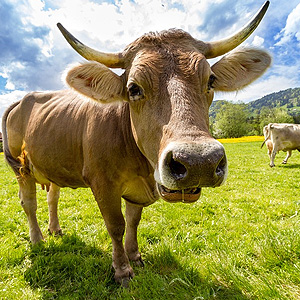Effects of Seasonal Changes in Cattle Breeding
Blog | December 5th, 2016
The effects of seasonal changes in cattle breeding are tremendous and sometimes controversial. In fact, many ranchers spend a great deal of energy on deciphering the weather and markets for the season.
Unfortunately, none of the worrying and contemplating helps the matter in the slightest. In fact, the situation is actually out of everyone’s control. However, focusing on issues that can be managed is a lot more productive and stress free. In reality, the things that can be managed can essentially help you achieve the goals of your cattle business.
At What Time
Selecting the perfect time of year to calve is always a huge decision. The most common time of year is in the early spring from February to March. Generally, calves born in February are heftier and older when weaned in October when compared to calves born later. However, when early calves are born the cows start lactating while they are still feeding on hay.
Calves born in in the fall during the months of September through October are also a popular time of the year. Some of the benefits include greater calf prices in the spring, decreased calf deaths and fewer calving difficulties. The drawback for fall calving is that the herd requires either better management or more feed than a spring calving herd.
One of the best ways to determine a suitable calving season is by your forage base. The forage base affects the quantity of required supplements you buy for the herd. There are also other factors to keep in mind such as total labor costs, market seasons, weather fluctuations and patterns during breeding, calving and weaning.
Amount of Time
A major consideration is the length of the calving season. To achieve optimum conception rates, many ranchers utilize a long calving season that is 120 days or more. A short calving season is considered to be 90 days or less. It allows a rancher or producer to apply certain management practices like a specialized nutrition program, a more in depth health plan, tactical marketing of larger, attention to labor and undeviating calf crops.
Finding the right balance is the key. Beings that there are many variables like geographic location and cattle type, the solution is not the same for everyone. However, recent studies suggest that a 70-day calving season offered a much better balance than either a 120 day or a 45 day calving season.
Optimized by NetwizardSEO.com.au
